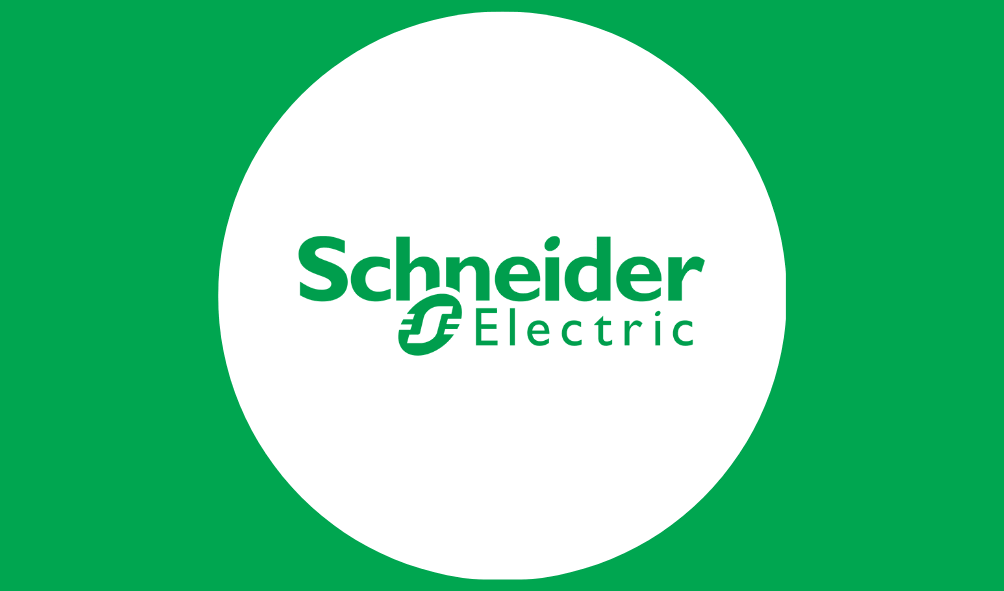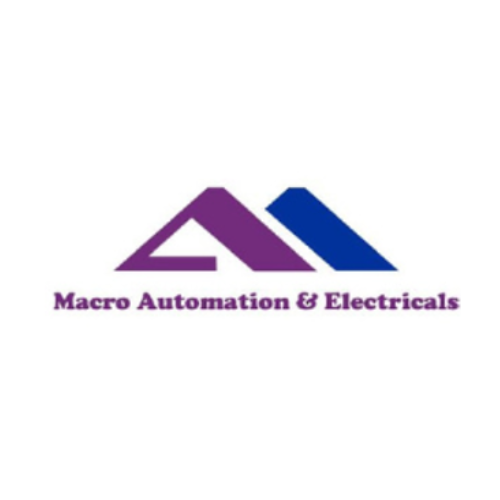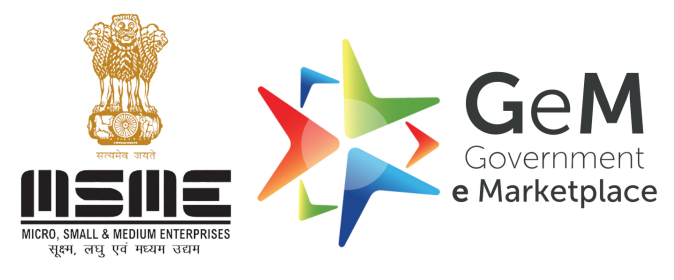- +91 9886004169
- info@unisolcommunications.com


Lift access control solutions are now integral to modern building security and operational efficiency, especially in high-rise buildings, commercial offices, residential complexes, healthcare facilities, and industrial environments. By integrating elevator systems with smart access protocols, these solutions ensure that only authorized individuals can reach specific floors or zones, enhancing safety and privacy.
In a typical setup, lift access control links elevator panels or entry points to a central access control system. Users present a credential—such as a smart card, biometric scan, face recognition, or PIN—at the elevator lobby or door reader. Based on permissions associated with the credential, the system enables access to selected floors. This prevents unauthorized occupants from entering restricted areas like executive suites, data centers, or laboratories, thus reducing the risk of data breaches, accidental access, or potential threats.
One major advantage of lift access control is customizable access rules. A tenant in a multi-tenant office building might be permitted access only to their own floors, while facilities staff may have broader access across service zones. Visitor access can be time-bound—such as 9 am to 5 pm—giving them temporary elevator floors without granting permanent access. Time-of-day restrictions further lock down floors after hours, enhancing after-hours security.
Integration is key. Lift access control systems can connect with central security platforms—such as CCTV, intrusion alarms, and building management systems. This unified control makes oversight seamless: when a user’s credential is invalid or used outside permitted hours, alerts can notify security teams immediately, while cameras can auto-focus on the approached elevator. This enhances visibility and generates audit trails for compliance and review.
Multi-factor authentication elevates security. Lift access control may require users to present two or more credentials simultaneously—for example, a card plus facial scan, or fingerprint plus PIN. This dual-layer approach is ideal in environments like data centers, government offices, or vault areas requiring extra protection. Combining authentication methods makes the system more secure and reliable.
Contactless authentication is gaining momentum, particularly in healthcare and hospitality sectors. Lift access control using facial recognition or mobile Bluetooth/NFC credentials lets users gain access without touching surfaces—supporting hygienic protocols in hospitals, resorts, labs, and high-traffic business centers.
Scalability is another strength of lift access control systems. They can be installed in a single elevator lobby or scaled across tens of elevators in multi-building campuses. Cloud- or server-based management enables administrators to adjust access rights, view usage data, and push updates remotely—regardless of site location.
Smart traffic features enhance efficiency. In peak hours like morning arrivals or lunchtime rushes, lift access control systems can limit service to high-rise floors while grouping elevator calls based on user destination. Some systems track user flow data over time to detect bottlenecks and suggest hardware or software optimizations.
Security and privacy are carefully addressed. All biometric data or face templates used in lift access control are encrypted and stored securely. Raw images aren’t retained, reducing privacy concerns and aligning with GDPR, HIPAA, and other regional regulations. Similarly, logs of elevator usage—time-stamped and credential-linked—support compliance and provide transparency.
Access reporting is highly valuable. Lift access control systems can generate dashboard reports on elevator usage, peak floor visits, attempted breaches, and technician access. This data is useful for audit review, safety compliance, and identifying inefficient traffic patterns that may benefit from scheduling tweaks or physical lobby redesign.
Unisol’s implementation process for lift access control starts with a comprehensive site assessment. We look at building structure, elevator usage, security zones, visitor management processes, and compliance needs. We then design a solution selecting the right mix of card readers, fingerprint scanners, facial recognition kiosks, and mobile access modules to suit each elevator or lobby access point.
Hardware installation for lift access control includes mounting panel readers—either in sally ports, turnstiles, or elevator cabins—and running secure wiring or PoE connections back to controllers. We ensure minimal disruption to occupants and facility operations, aiming for a seamless integration into existing building infrastructure.
Configuration ensures each user’s access rights align with real-world roles. Lift access control rules are set in tiers—public floors, tenant zones, service levels, restricted vaults—with schedules to control time and date exceptions. Visitor credential issuance is streamlined through mobile apps or temporary NFC cards.
Operator training is part of our service. Security and facilities staff are trained on authorizing access, responding to alerts, updating permissions, and running reports. Simple user interfaces ensure real-time operations—locking/unlocking floors, editing access, or viewing who accessed which floor and when.
Maintenance matters. Lift access control solutions require periodic firmware updates, system health checks, and hardware calibrations. We proactively schedule these updates and monitor performance remotely, minimizing downtime and ensuring continued system integrity and cybersecurity.
Real-world applications highlight results. In one commercial high-rise, lift access control reduced unauthorized deliveries by 70% and improved elevator line flow by 30%. In a hospital, staff used face recognition so there was no need to carry badges, and access logs improved asset tracking when combined with RFID tagging in supply rooms.
In luxury residential buildings, lift access control replaced simple keycard systems. Residents now authenticate via fingerprint and mobile pass, tightening access to amenities such as gyms, lounges, and rooftop terraces. Visitor access is regulated by time- and area-based authorizations—providing comfort and security for residents.
Support is ongoing. Lift access control systems at Unisol come with remote 24/7 monitoring—alerting on connectivity issues, suspicious activity, or hardware failures. We provide updates, patches, and performance analytics to identify usage patterns and system health, helping building managers optimize security and efficiency.
As elevator and access technologies evolve, so too do lift access control solutions. Facial recognition platforms now learn over time, improving accuracy in low light and with accessories like masks or glasses. Mobile credentials adapt quickly to new devices, and privacy screens on elevator panels prevent observation from shoulder-surfing.
Lift access control can also align with emergency protocols: during fire or lockdowns, elevator service can be halted or limited to ground floors, allowing only evacuation personnel to access upper floors. During mass building events, access can be pre-assigned and automatically removed afterward via event management schedules.
Choosing lift access control means investing in a long-term security foundation. They promote safer buildings, happier occupants, and data-driven decision-making for facility management. The technology flexible enough to serve small residential blocks as well as sprawling enterprise campuses.
At Unisol, we tailor lift access control systems that evolve with your building’s needs. From small office installations to large-scale, enterprise-level deployments, we ensure robust access, secure infrastructure, and peace of mind for your occupants. Reach out today to design a secure, efficient, and future-ready elevator access solution.

+91 98860 04169
+91 98440 65605
info@unisolcommunications.com































Unisol believes in transparency. Take a look at our ongoing projects that are currently making a difference
Manufacturing Initiatives


Copyright © 2025 | Unisol Communications Pvt Ltd. | All rights reserved.